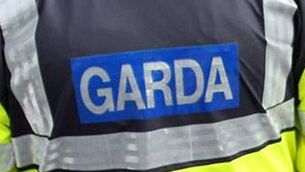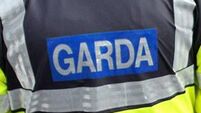Bird lovers flock to the sights and sounds of annual puffin migration
“We’ve had a lot of visitors coming along in the last few days,” said Liam McFaul, a warden with the Royal Society for the Protection of Birds (RSPB).
“We’re averaging about 200 people a day at the minute. It’s such a spectacular sight, you don’t need to be a bird watcher to appreciate what’s happening.”
Puffins account for 10% of the island’s 250,000 sea bird population, which peaks in July, creating an awesome mix of sight and sound.
It’s extremely crowded as adult and baby bird alike stand beak to beak on every available space.
“The puffins are grouping up and ready to leave, heading off on their migration to the Atlantic Ocean,” said Mr McFaul.
“It’s a wonderful sight to see them all gathering on the cliff slopes and banks as they get ready to head out. They tend to gather in groups and take short flights out to sea and back in again, practising for their long journey back out onto the ocean.
“The puffins actually live out on the Atlantic all winter. They live on the surface of the sea, diving down to 15 metres. They’re great swimmers.”
Mr McFaul said the puffins were loyal to the land of their birth, returning each year. The male birds arrived first in late April to seek out and reclaim the burrows they and their mates used for nesting.
Locals have mixed emotions as hundreds of day trippers are ferried the six miles from Ballycastle to enjoy the bird displays during the summer season. L-shaped, seven miles long by less than a mile wide, Rathlin is home to a dwindling population of just 73.
Before the Famine reached out from the mainland in 1846, Rathlin sustained more than 2,000 people. As the population sinks to its lowest and most dangerous level, residents worry that unless things pick up, this island retreat could be left to the birds.













